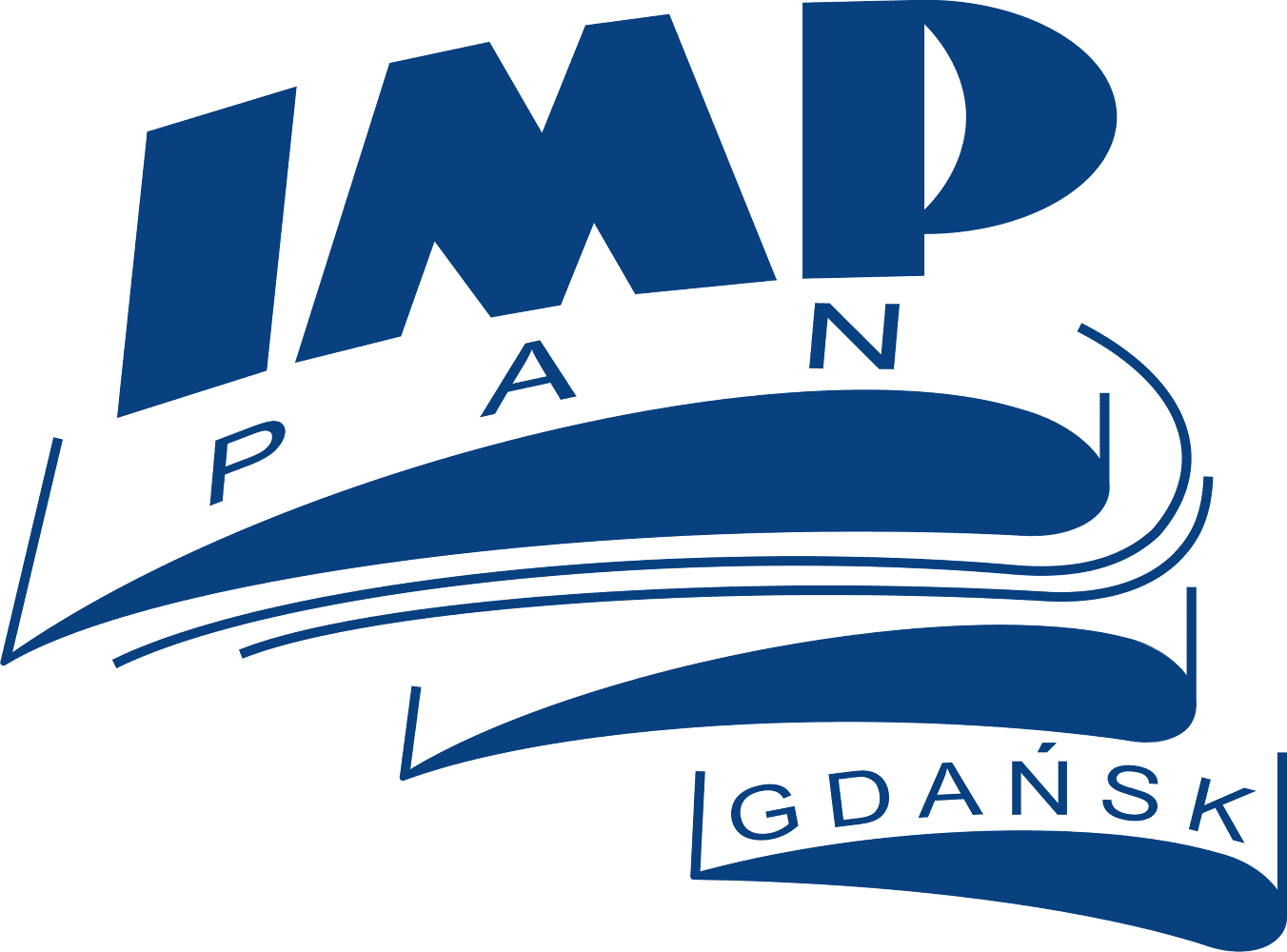Zeszyty Naukowe
Variational formulations of contact, friction and wear problems
504/1463/99.Modern methods of analysis of contact problems are based on the variational approach which together with the finite element method expand possibilities of analysis in many cases. In this study, generalizations of classical variational principles are given in the case of contact of rubbing and wearing solids. Variational formulations of deformations are developed starting from the strong forms of the governing equations for the contact problems. Different approaches are applied to calculations of contact forces and to satisfaction of kinematic contact constraints. Variational descriptions of a heat conduction in solids are presented in the case of a heat generated by friction process. Finite element implementation of the contact problems is discussed. Anisotropic and nonhomogeneous friction, frictional heat and wear are taken into account. Easy observable results of the wear process can be identified as an increase of a gap between the contacting bodies (wear profiles) and as activity of wear debris in the contact region. In this study, the definition of the gap between two contacting bodies is modified taking into account wear profiles. The classical variational setting of the contact problems is extended into three body contact by including the interfacial layer of wear debris with translational and rotational degrees of freedom. Discretized forms of the variational functionals lead to equations which can be useful in numerical analysis of machine component parts and tools operating in contact and friction conditions.
Współczesne metody analizy zagadnień kontaktowych korzystają z podejścia wariacyjnego, które wraz z metodą elementów skończonych rozszerza możliwości analizy w wielu przypadkach. W pracy przedstawiono uogólnienie klasycznych zasad wariacyjnych na przypadek kontaktu trących i zużywających się ciał stałych. Wariacyjne opisy odkształceń wyprowadzono wychodząc z różniczkowych postaci równań stanu dla zagadnień kontaktowych. Różne podejścia zastosowano w celu obliczenia sił kontaktowych oraz spełnienia kinematycznych więzów kontaktu. Przedstawiono wariacyjne sformułowania przewodnictwa ciepła w przypadku ciepła generowanego w procesie tarcia. Następnie przedstawiono implementację do metody elementów skończonych. Uwzględniono anizotropowe i niejednorodne tarcie, ciepło tarcia i zużycie. Łatwymi do zaobserwowania objawami procesu zużycia są: powiększanie luzów między stykającymi się ciałami (profile zużycia) oraz obecność cząstek zużycia w strefie styku ciał . W pracy, zmodyfikowano definicję szczeliny między dwoma stykającymi się ciałami biorąc pod uwagę profile zużycia. Klasyczne wariacyjne sformułowania zagadnień kontaktowych rozszerzono na przypadek styku trzech ciał uwzględniając warstwę cząstek zużycia między stykającymi się ciałami. Dyskretne postacie funkcjonałów wariacyjnych prowadzą do równań, które mogą być użyteczne w analizie numerycznej części maszyn i narzędzi pracujących w warunkach kontaktu i tarcia.






















